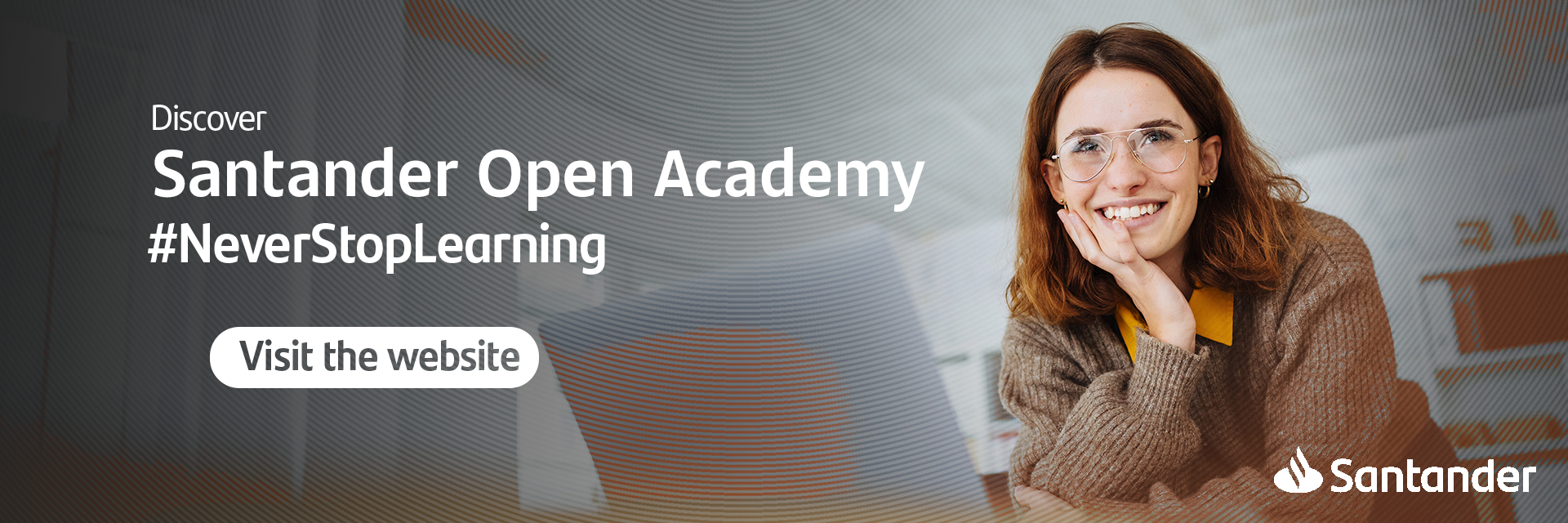The learning curve as a tool for business progress
Did you know that, for example, in Spain, just 62% of workers participate on training courses, even though the majority of the active population is aware of the need to enhance their skills and abilities in order to become more efficient at their job? Meanwhile, 94% affirm that this is a determining factor in their decision to remain at a company.
The data gathered in the study The Real Future of Work by Gallup are a great example of the fact that, although we might agree with the theory, much needs to be done in this regard, especially at small companies, as, according to this investigation, major companies are the ones that promote training the most.
If we take into account the demands of the workplaces of today, identifying the training needs of each employee as well as measuring the progress made in learning is fundamental. In the case of the latter, one tool that can come in very handy is the learning curve.
What is the learning curve?
The learning curve is a diagram indicating what has been learned about a task or activity in a given time. In other words, it correlates performance and the time needed for progress to take place. It's a tool that can be applied both to individual and organisational learning.
It was the German psychologist and philosopher Hermann Ebbinghaus who came up with the concept in 1885, to illustrate how most of the knowledge we acquire is lost almost immediately unless we make an effort to retain it, in the same way that our efficiency when learning increases as we consolidate it through practice.
Since the start of the 20th century, the learning curve method has been adopted by many sectors, such as the economy, business management, human resources, healthcare and education. In these fields, it's common to use the learning curve to reach conclusions about how a specific learning process is progressing and improving.
What does the learning curve show and what does it measure?
Suppose a company rolls out a new computer program. With the learning curve method, you can easily visualise the time it has taken staff to understand how to use it, based on the horizontal axis representing the passage of time (hours, sessions, etc.) and the vertical axis representing progress in the subject area (correct answers, speed at which the task is performed, etc.). From this chart, the equation of the curve can be extrapolated.
It's important to note that, in order to generate the chart, the task or exercise being measured should consist of just one variable which, moreover, must be measurable. In other words, an entire process cannot be evaluated for all variables at the same time, e.g., skills, accuracy in completing a task, etc.
These approaches allow us to evaluate how well the resources being invested in technology, innovation, talent and processes are working, to make better decisions about these based on the patterns and trends identified.
What different stages can be identified?
In the learning curve diagram, four stages in the evolution of knowledge acquisition can be identified:
Initial stage: this is usually the one that sees the fastest growth. When we dedicate time to learning new skills and abilities, it is only logical that we first pick up the basics quickly.
Slowdown stage: once a standard level of knowledge or skill has been acquired, it will take increasing amounts of effort to continue to make progress towards mastery or excellence.
Plateau stage: at this stage, the slowdown hits its peak and stabilises, with no increase or decrease to the level of knowledge or skill.
Growth stage: if we continue to devote time to learning, we can identify areas for potential further investigation, improvement or innovation, meaning that the learning curve will once again experience growth.

The most common types of learning curve
The top 3 most common types of learning curve are:
Increasing returns: indicating that progress starts slowly before subsequently accelerating. With this type of curve, the steeper the incline the greater the speed of learning.
In this regard, there are several factors that may accelerate the pace: suitable teaching methodology, pedagogical skills and the level of knowledge of the teaching staff, the team's motivation, the training background, the relationship that the subject to be learned has with previous knowledge or, conversely, whether it is a completely new topic that’s difficult to get to grips with, but in which exponential learning later occurs.
Diminishing returns: this curve may represent negative learning or a rate of progression that, after increasing rapidly at the start, then drops over time. The factors that produce such a curve can be varied: the learner isn't dedicating enough time to the subject, the study schedule is poorly designed, or once you reach a certain level of skill it might prove difficult to make more progress, etc.
S-curve: the most common type of curve since it describes how learning normally occurs when a person tackles knowledge or a task for the first time. At first, the pace tends to be slow because everything is new. However, once a critical mass of learning is attained, it will take less time to make more progress until, in the end, the curve plateaus.
One example of such a curve would be learning a new language: at the beginning, it's difficult to make headway, but if you keep dedicating time and effort to it, you can reach a decent level that ends up stabilising. However, as we have seen previously, from here on, we can move from the plateau to a new growth curve if, for example, we study the evolution of the language or take a specialised course.

Increasing the learning curve
Any learning process is only successful when a person repeatedly puts new skills or knowledge into practice. As such, combining formal and informal learning methods, as well as choosing the right time to measure the process, is the foundation of steeping the learning curve.
For an organisation to be ever more competitive, it is vital that the staff systematically improve their know-how, skills and approaches. Such learning is what empowers team members to optimise processes, properly manage resources and innovate in products and services. Ultimately, lifelong learning benefits both organisations and their employees alike, the latter being the most valuable asset.
However, what is really important is that each person knows which learning method allows them to acquire knowledge more quickly and effectively, and that teachers have the necessary pedagogical skills to support students in this process of identifying and applying the most appropriate learning methodology.
Do you want to develop professional skills that will help you access better job opportunities? Discover Santander Open Academy, the training space you need to keep growing.
Join our global platform for learning and professional development and access courses at zero cost, training content in a wide range of formats and scholarships from leading universities and institutions.
If, like us, you believe that we should never stop learning, sign up here and find out what we have for you!
Más posts interesantes que leer...
-
 22/07/2025 | Santander Universidades
22/07/2025 | Santander UniversidadesCrossing borders to study: new allies on the university journey
Card text -



